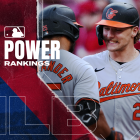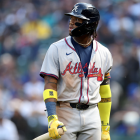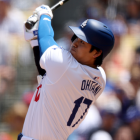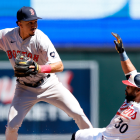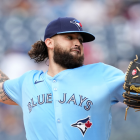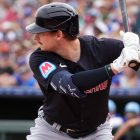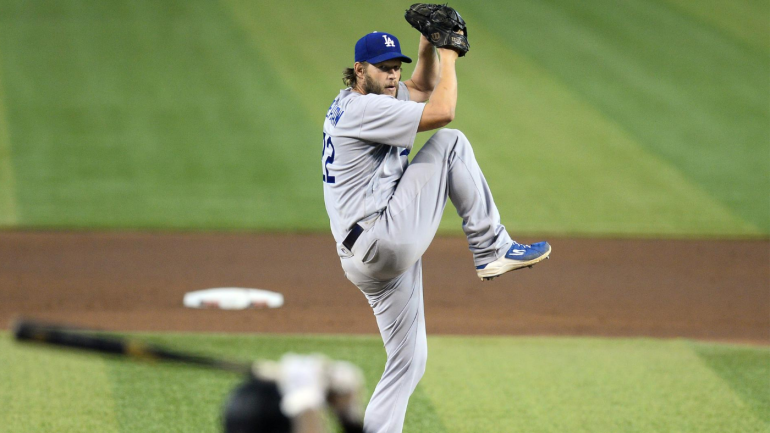
The Los Angeles Dodgers are the best team in Major League Baseball. They've won 75 percent of their first 40 games, and they've done so while outscoring their opponents by 2.6 runs on average (the second-best team in that category, the San Diego Padres, check in at 1.4). The Dodgers have the game's most productive player, in outfielder Mookie Betts, according to Baseball-Reference's Wins Above Replacement calculation. They also have the majors' stingiest pitching staff, with a lot of attention being paid to hard-throwing rookie Dustin May.
For as good as May has been this season, it can be argued that he hasn't been the Dodgers' top starter. Ditto for Walker Buehler. Instead, Los Angeles' ace this year has been Clayton Kershaw, who has authored what amounts to a resurgence over his first six starts.
Take a look at some of Kershaw's notable metrics to date, and where they stack up compared to the rest of his career. (Rest assured that we're aware of the sample-size differences.)
- ERA: 1.50 (would-be career-best)
- SO%: 30.6 percent (highest since 2016)
- BB%: 4.5 percent (lowest since 2018)
- SO-BB%: 26.1 percent (best since 2016)
Dodgers skipper Dave Roberts deserves a share of the credit for Kershaw's brilliance. Roberts has limited Kershaw's workload, tasking him with (on average) six innings and 90 pitches -- marks that align better with his first couple seasons, when he was a 20- and 21-year-old, than with any of the efforts in the decade-plus since that rightly earned him the workhorse label.
Be it because of the reduced workload or the healing benefits of the prolonged layoff or some other variable, Kershaw is throwing the hardest he has (91.5 mph) since 2017. The added length to his heater has allowed him to generate his highest swing-and-miss rate since 2015. He's also allowing his lowest batting average-against on his fastball since 2009.
Interestingly, Kershaw has maintained the breaking-ball-heavy approach he leaned into as he started to lose velocity. He's still chucking his trademark slider and curveball around 60 percent of the time. That creates an interesting dynamic, as the league hasn't previously seen this version of Kershaw, where he's armed with a highly capable fastball but spams bendy things.
Whether or not Kershaw can maintain his gains through the end of the season -- and, more importantly, through the playoffs -- is to be seen. Heretofore, though, his renewed effectiveness has been another blessing to a Dodgers team that has an abundance of them.














